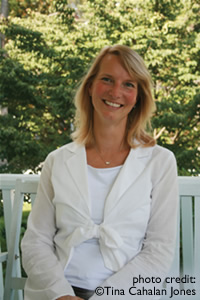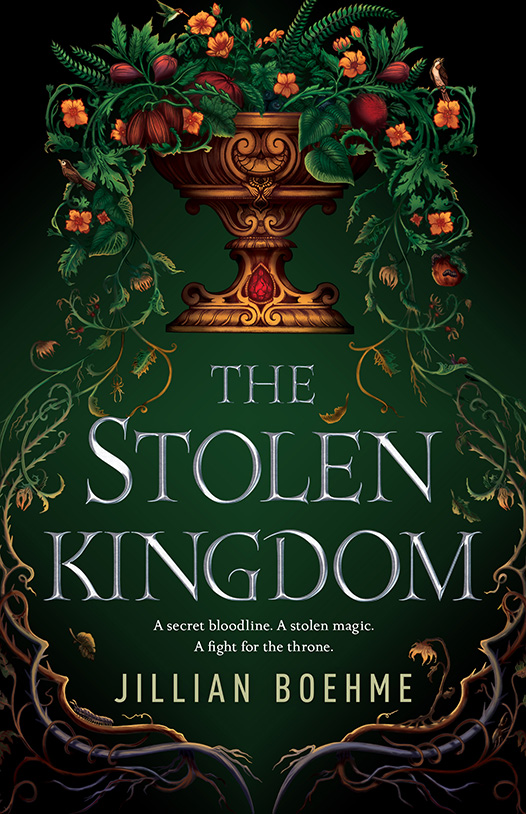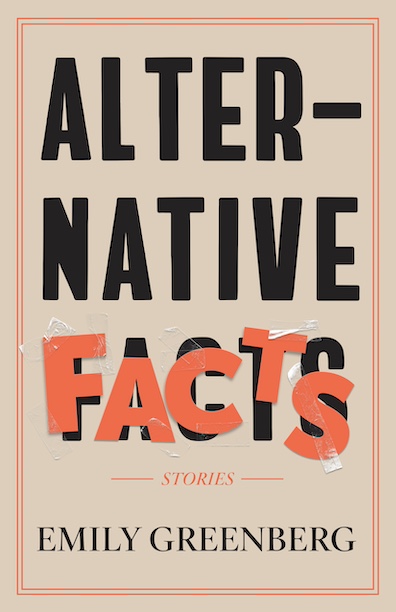End Times at the Circus
Kristin O’Donnell Tubb’s new middle-grade novel captures another age in turmoil
Hope McDaniels is “tiny for her age, with crazy-curly black hair to [her] waist and darkish skin.” Her father is a magician, and as his thirteen-year-old assistant, she’s crawled inside a box to be sawed in half, stood still while knives were thrown her way, and levitated in front of an awed audience. Her best friends are fellow vaudevillians like Cross-Eyed Jane, a fifty-two-year-old gypsy, and Madame Bert Savoy, a female impersonator constantly encouraging Hope to wear a little make-up and pierce her ears.
Hope is the star of Kristin O’Donnell Tubb’s latest middle-grade novel, Selling Hope. Set in the “small-small-time vaudeville circuit,” the book takes place during “the world’s first case of mass hysteria.” It’s May 1910, and the Earth is due to pass through the tail of Halley’s Comet. Tubb captures the fear and excitement of that time: the book is structured as a countdown to the comet’s arrival, and each chapter opens with an historic newspaper headline from that era, marking the days till the final cataclysm. Sample hysterics include “Approaching Plunge of the Earth Through the Tail of Halley’s Comet” and “Citizens Flocking to Chicago, Fear End of the World.”
 Like her counterpart in Tubb’s debut novel, Autumn Winifred Oliver Does Things Different, Hope is clever, whip-smart, and confronted by a world that’s quickly changing. Science has made possible acts like Dr. Electricity, a man whose hobbies include “all things new and pulsing, like electric lightbulbs and kinetoscopes and wireless telegraphs.” For the first time, Hope finds herself interested in a young man traveling the circuit, as well: fifteen-year-old Buster Keaton. (Like Hope’s other friend Madame Savoy, Keaton is a real historical figure rendered fictional.) For Hope, the biggest change—and the one she’s still adjusting to—is the death of her mother. All Hope has as a reminder is a small red square of quilting fabric. “Everything else was pawned before we left,” she explains. “One must travel light on the vaudeville circuit.”
Like her counterpart in Tubb’s debut novel, Autumn Winifred Oliver Does Things Different, Hope is clever, whip-smart, and confronted by a world that’s quickly changing. Science has made possible acts like Dr. Electricity, a man whose hobbies include “all things new and pulsing, like electric lightbulbs and kinetoscopes and wireless telegraphs.” For the first time, Hope finds herself interested in a young man traveling the circuit, as well: fifteen-year-old Buster Keaton. (Like Hope’s other friend Madame Savoy, Keaton is a real historical figure rendered fictional.) For Hope, the biggest change—and the one she’s still adjusting to—is the death of her mother. All Hope has as a reminder is a small red square of quilting fabric. “Everything else was pawned before we left,” she explains. “One must travel light on the vaudeville circuit.”
Hope’s father, Nick, is a magician who spouts Whitman’s poetry and Thoreau’s philosophy to his audiences. He believes performing magic tricks “might allow him to someday change the course of the world” and that “his sleight-of-hand was a gift that could unite the masses.” Such optimistic talk doesn’t play well with the higher-ups, however, and when Hope learns that their act is on the brink of being cut, she doesn’t tell Nick. The troupe has just pulled into Chicago, where Hope’s family lived before vaudeville, and she seizes on the possible chance to quit traveling from town to town, living in “teeny railroad cars and scuzzy boardinghouses.” Hope loves her father but she also loves the idea of making a home in one place, and so she schemes to make as much money as she can in preparation for the retirement of their act.
With the help of Keaton, Hope peddles “anti-comet pills,” her customers’ fear turning this cosmic snake oil into an immense money-maker. With each sale, she tells herself she’s helping her “coins” (her word for customers), yet she can’t look any of them in the eye. When Halley’s Comet proves as much a boon to Nick’s magic act as it does to Hope’s sales, she isn’t prepared. Nick’s audience grabs hold of his message of miracles and transformation, and here Hope learns what hope really is. With the comet barreling closer to Earth’s atmosphere each passing day, she’s confronted with a real question of magic: Can “a two-bit magician and his daughter plodding about the country” find a home, be a family, and “alter the cosmos”?
Tubb’s readers will say “yes.” Selling Hope is as entertaining as the vaudevillians it chronicles, and with Hope McDaniels, Tubb once again presents a heroine whose feisty spirit and humor charm all who encounter her.
Kristin O’Donnell Tubb will read from and discuss Selling Hope at Barnes & Noble Booksellers in Brentwood on November 13 at 2 p.m.


